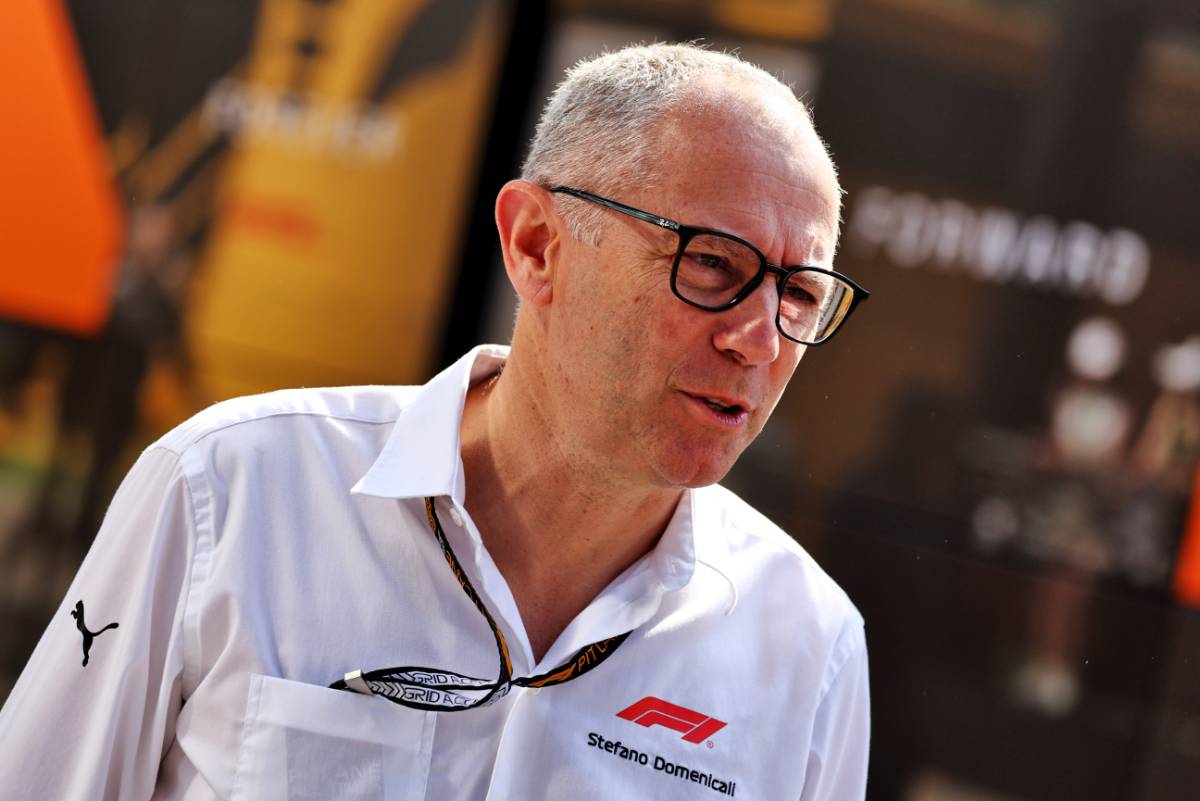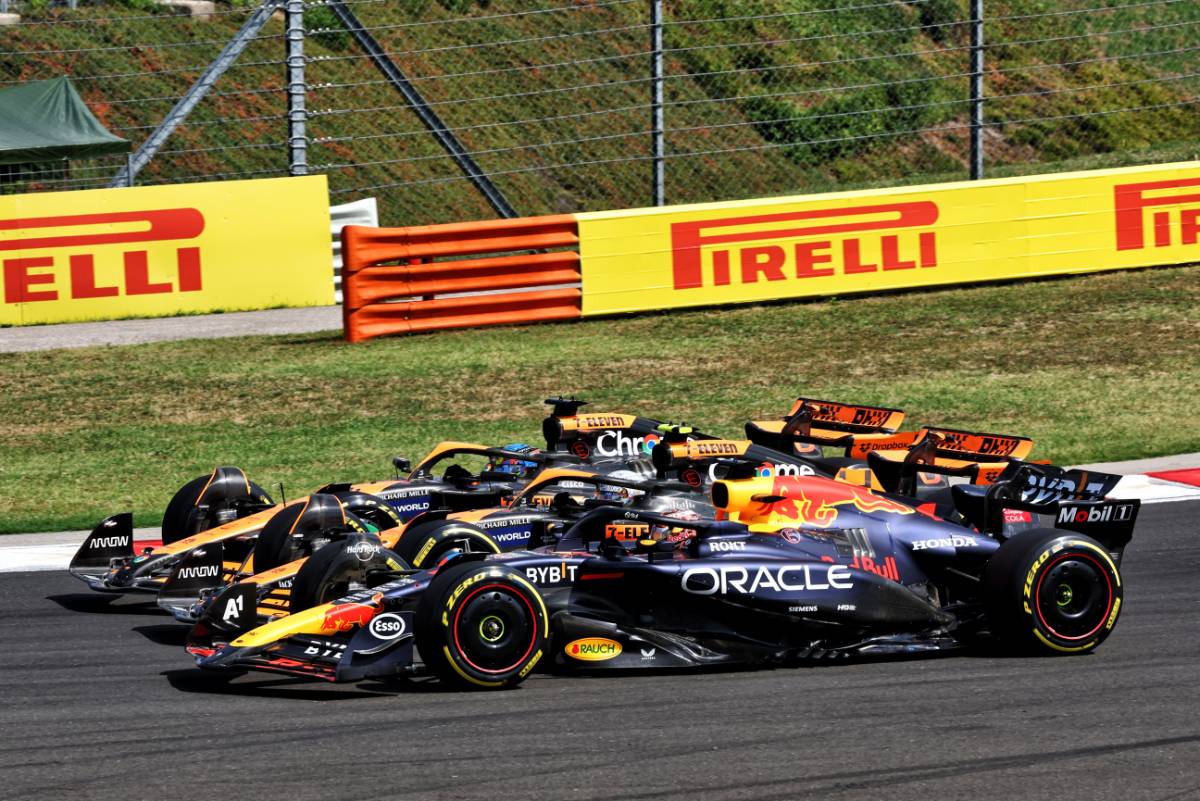Formula 1 hints at longer regulation cycles to sustain close racing
Formula 1 CEO Stefano Domenicali has hinted at a potential shift in the sport’s approach to future regulation...
The post Formula 1 hints at longer regulation cycles to sustain close racing appeared first on F1i.com.
Formula 1 CEO Stefano Domenicali has hinted at a potential shift in the sport’s approach to future regulation cycles, with a focus on prolonged periods of stability to maintain close competition.
Grand Prix racing’s current rules, featuring ground-effect aerodynamics, were implemented in 2022 and are set to last until the end of 2025.
While initial concerns earlier this season were centered around a repeat of the unwavering dominance enjoyed by Red Bull in 2022 and 2023, this year’s campaign in Formula 1 has proven to be far more competitive.
With cost caps and stricter aerodynamic testing restrictions in place, the field has tightened considerably, with seven different winners emerging from four teams across the first 14 races.
“I’m very pleased to say what I said at the beginning of the year is exactly what is happening, when everyone was believing that I was saying that for political reasons,” Domenicali told Motorsport.com.
“This will for sure continue until the end of 2025. This element of sporting action, and sporting drama, is definitely there.”
However, concerns linger regarding the 2026 regulation changes, when F1 introduces significant changes to power units, car design, and aerodynamics.
Pundits worry that this will once again disrupt the sport’s tight competition which is keeping fans entertained and engaged with the thrilling unpredictability of each race.
Traditionally, regulation cycles lasted only four or five years. Domenicali is now pondering the possibility of extending the 2026 cycle to ensure a longer period of exciting, close racing.

“This is a point of: is really now the time to do in 2030 another step change?” the Italian argued while acknowledging the need to assess the impact of F1’s upcoming technological advancements.
“We are not in a position to answer today, because we need to wait and see how this new technology will come in and how this will be developed.
“Therefore, there will be a point at which we need to discuss about it, and we need to understand if the need of the manufacturers, the need of teams and the need of the engineering, is definitely there as it was when there was the need to change the regulation.”
Domenicali highlighted two main reasons for regulation changes in the past: keeping F1 at the forefront of technological innovation and addressing periods of dominance by a single team.
“The need for change normally is put on the table for two reasons. One is because we are the pinnacle of motorsport, and we are endorsing the top level of technology.
“The second in the past was that, because it was pretty clear: the objective was stopping a dominance period of cars.
“But now with the new elements of regulation, budget cap and aerodynamics restriction, I think that this point is not anymore on the table of discussion.”

With the budget cap and limitations on aerodynamics seemingly achieving the goal of a more balanced grid, the focus has shifted.
Technological advancement remains a priority, but Domenicali questions the necessity of a major shakeup every five years.
“So the real thing is technological challenge in the future,” he said. “Is it relevant that the change will be in such a short time cycle of five years?
“That will be the point of discussion for the future.”
Keep up to date with all the F1 news via Facebook and Twitter
The post Formula 1 hints at longer regulation cycles to sustain close racing appeared first on F1i.com.
